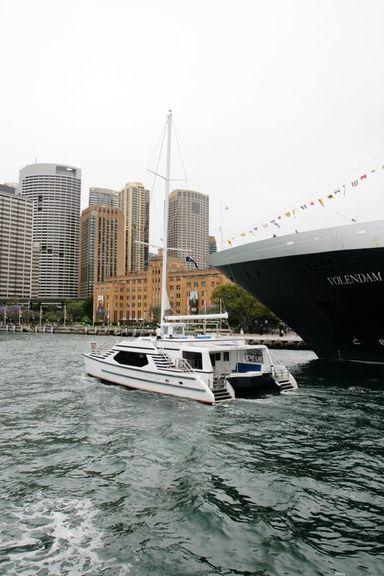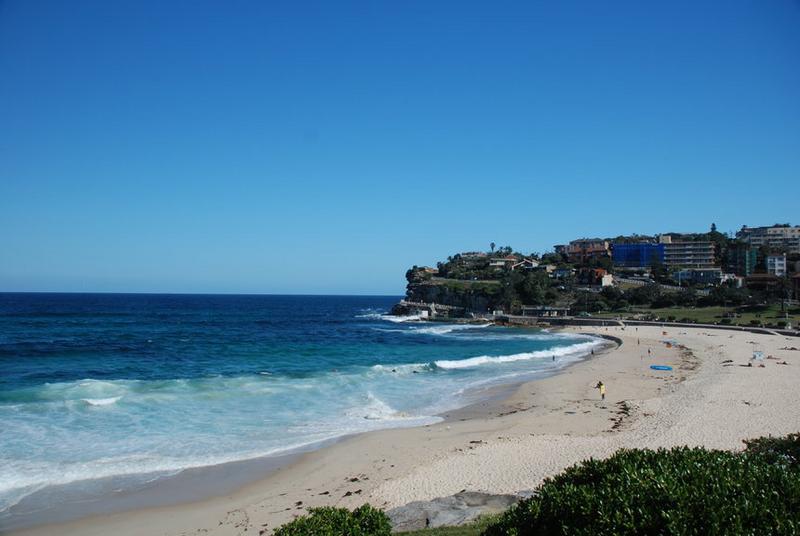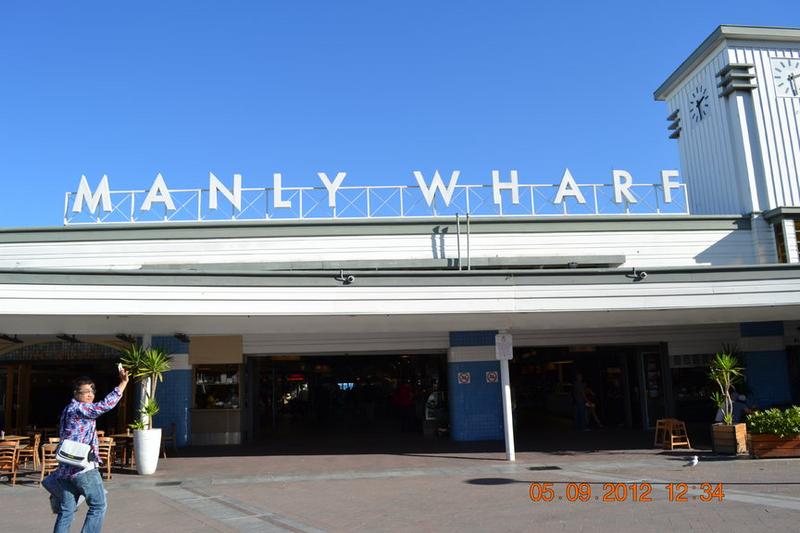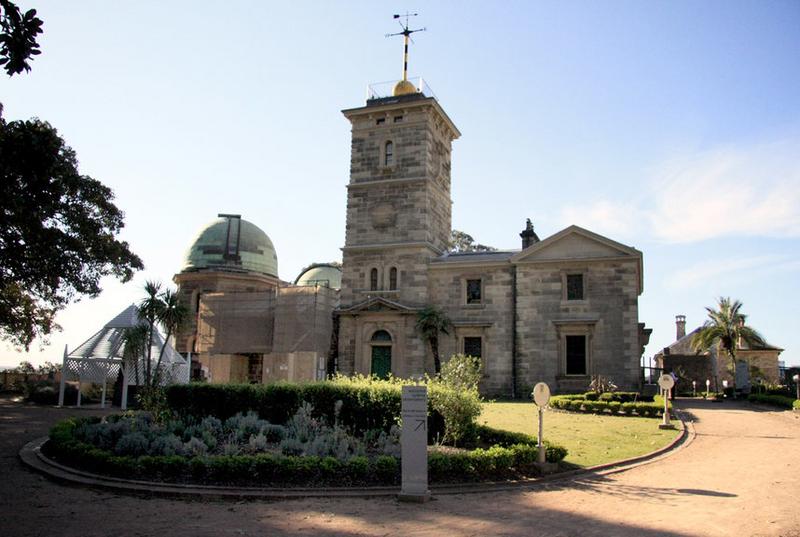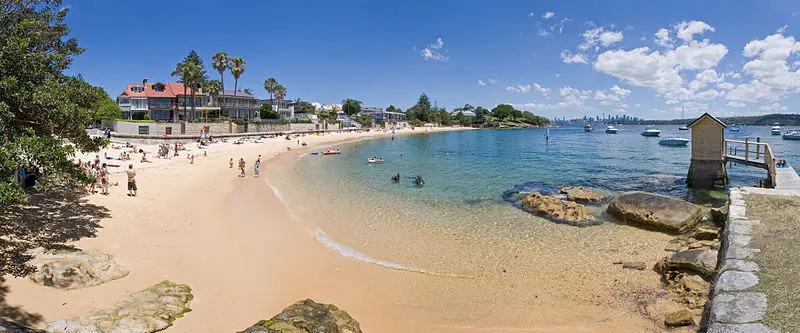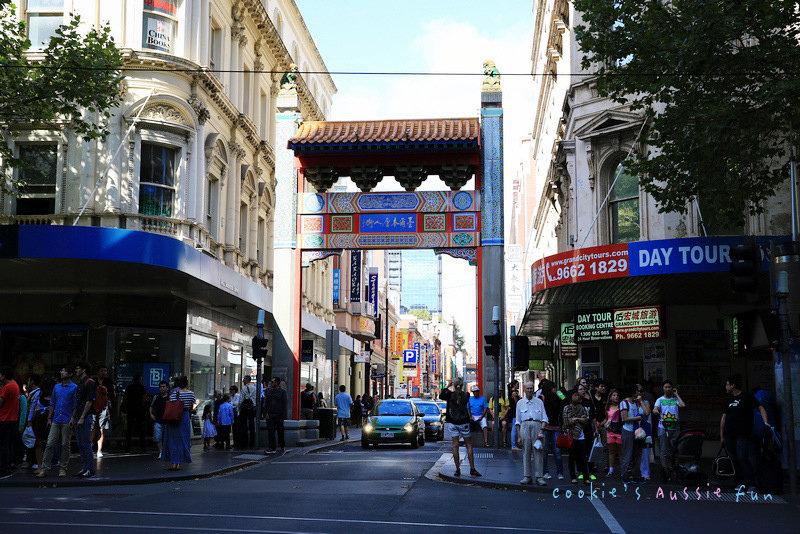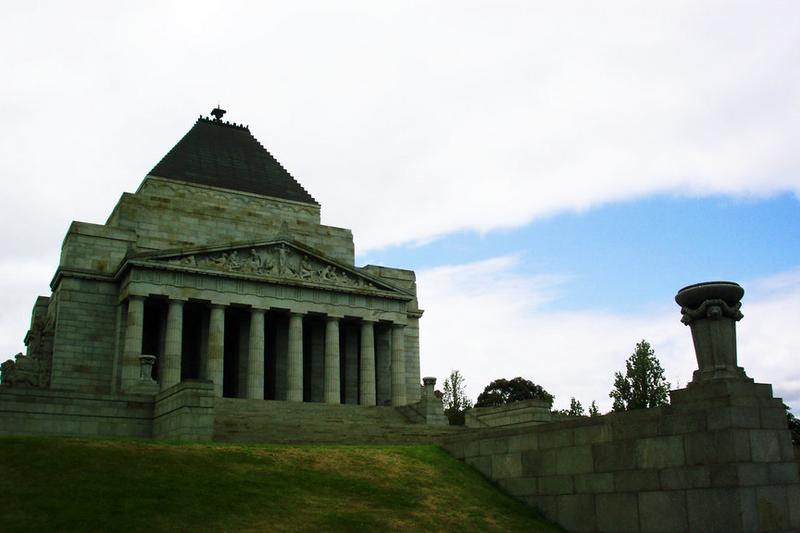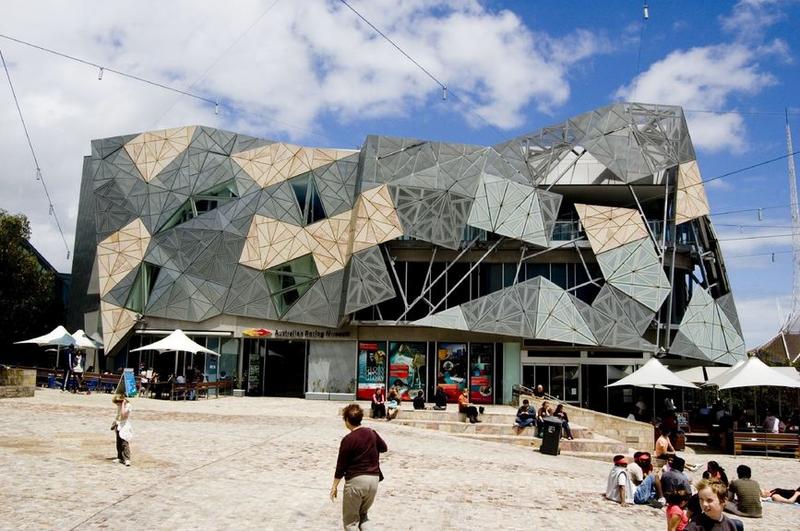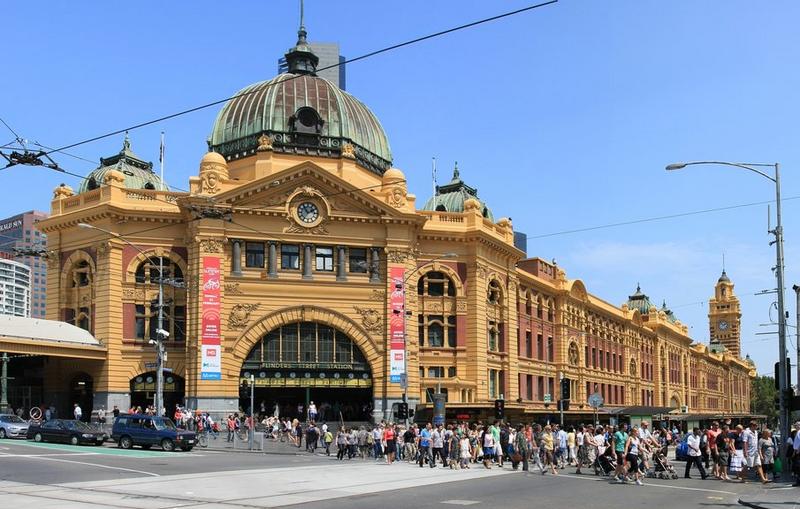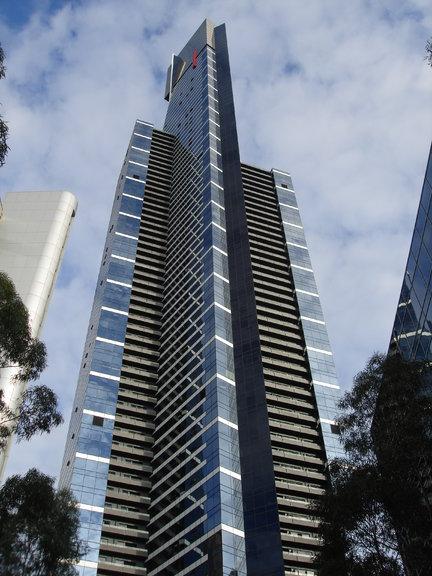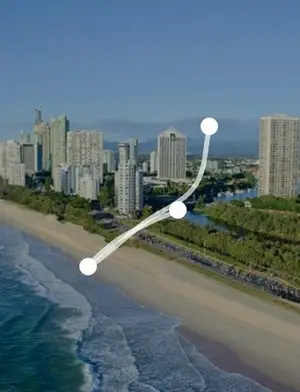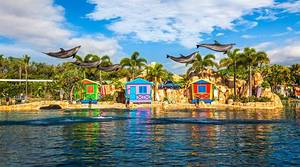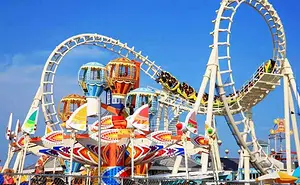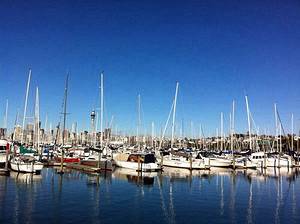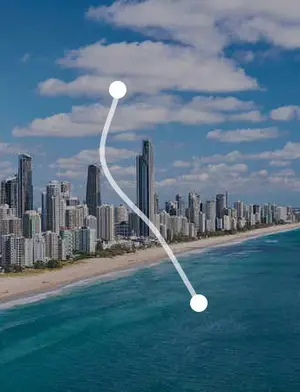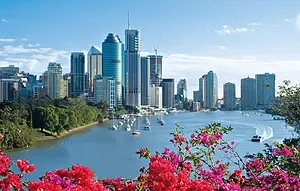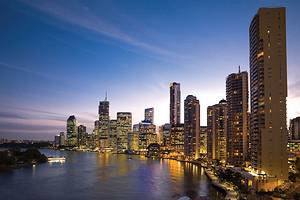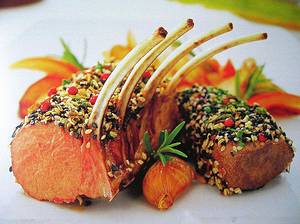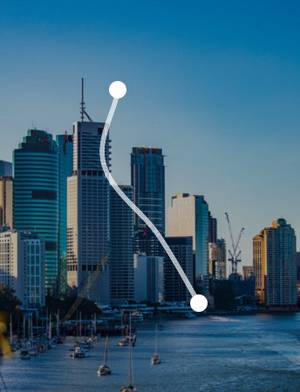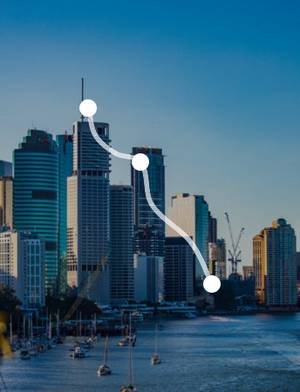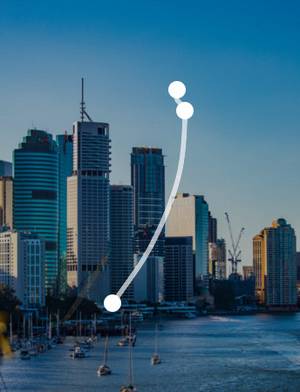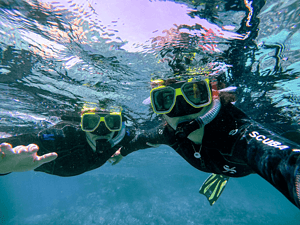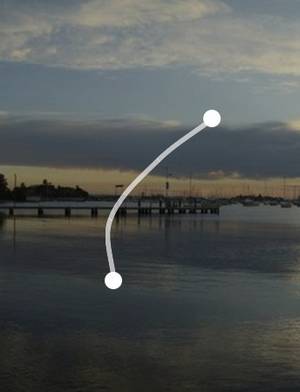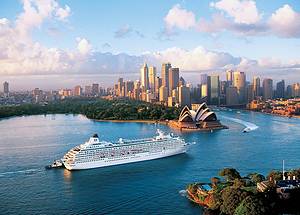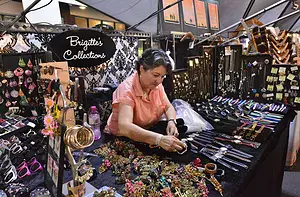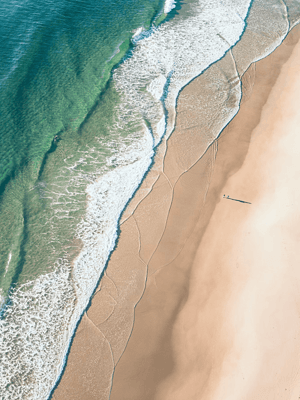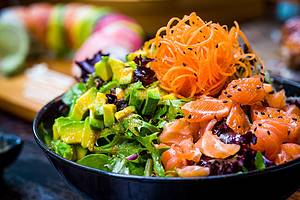8-day tour of Australian east coast cities
3 cities |
21 attraction(s) |
total distance 72
km
 TIPS
TIPS
Day1
Day2
Day3
Day4
Day5
Day6
Day7
Day8
Day1: Sydney
4 attraction(s) ·
19 km
1
Darling Harbour is a famous landmark in Sydney where you can choose to spend the night at a bar or dance hall, or simply sit on the wooden steps by the bay, letting the gentle sea breeze brush your face and thoughts. Surrounding Darling Harbour are various leisure and entertainment venues, such as Harbourside shopping and dining precinct, the National Maritime Museum, the Sydney Exhibition Centre, IMAX cinema, waterfront restaurants and bars, aquarium, and wildlife museum.
4
km
3
Sydney Harbour, also known as Port Jackson, is located on the east of the Pacific Ocean, with the Parramatta River 20 kilometers to the west and the bustling central area of Sydney to the north and south. Some people call it the harbor within the city, and taking a boat on Sydney Harbour is one of the best ways to enjoy the scenic views of Sydney. The natural harbor in Sydney, Australia, is home to the Sydney Opera House and the Sydney Harbour Bridge, and the sunset here is unforgettable.
8
km
4
The Sydney Opera House is located in Sydney, Australia. It is one of the most iconic and distinctive buildings of the 20th century, and is a world-famous performing arts center and a symbol of Sydney. The designer of the opera house is Danish architect Jørn Utzon, and construction began in 1959, with the main theater completed in 1973. In June 28, 2007, the building was listed as a UNESCO World Heritage Site. The Sydney Opera House offers daily official Mandarin Chinese tours, each lasting thirty minutes, with knowledgeable Mandarin-speaking tour guides. The white exterior of the Sydney Opera House, shaped like a sculpted shell on the harbor, resembles floating petals in the air, and has been awe-inspiring for many years.
The Sydney Opera House is located on Bennelong Point in Sydney Harbor, with its unique sail-like structure and the Sydney Harbor Bridge as a backdrop, making it a charming sight. Thousands of tourists come to admire this building every day.
The Sydney Opera House consists of two main halls, several smaller theaters, performance halls, and other ancillary facilities. The two large halls are located within the larger sail-like structure, while the smaller theaters are located within the base. The largest hall is the Concert Hall, which can accommodate up to 2679 people. Originally designed as an opera house, the design was later changed, and even the completed opera stage was demolished and rebuilt. The Concert Hall features a large organ, known as the world's largest mechanical tracker-action organ, consisting of 10,500 pipes, built by Ronald Sharp from 1969 to 1979. The smaller hall is the actual opera house. Due to the initial design of the larger hall as an opera house, the smaller hall was considered unsuitable for large-scale opera performances, with a relatively smaller stage and limited space for the orchestra.
Day2: Sydney
2 attraction(s) ·
25 km
1
It is said to be named after a legendary surfer named Bondi. It is located on the eastern coast of Sydney, 15 kilometers from the city center, and is a 1.5-kilometer-long curved beach. Facing the Pacific Ocean, with strong winds and high waves, it is one of the two major surfing holiday destinations in New South Wales. Along the coastal road, there are diverse restaurants, cafes, surf shops, and souvenir stores.
25
km
2
Manly Beach is located northeast of Sydney Harbour, with its wharf located in the inner harbor. However, the beach itself is in the open ocean, the South Pacific. It is another popular surfing destination in New South Wales. The beach at Manly is very spacious, about 2.5 kilometers long, and can accommodate tens of thousands of people for leisure sunbathing, so it gets very crowded during holidays.
Day3: Sydney
4 attraction(s) ·
18 km
1
The Sydney Observatory is the only place in Sydney where astronomical phenomena can be observed. With high-powered telescopes, many wonderful sights are visible. The observatory building is the first windmill built in the colony and was completed in 1858. It also has an English-style Argyle Place. It is a historical heritage building in New South Wales.
4
km
2
Circular Quay (also known as Circular Quay Wharf) is located in the Sydney region of New South Wales, Australia, between Bennelong Point and The Rocks on Sydney Cove's northern edge in the central business district of Sydney. It is also part of the local government area of the City of Sydney. Circular Quay is a vibrant area, bustling with families on holidays. It consists of 5 small wharves that offer access to 28 different destinations. It serves as a major transportation hub for tourists, who take ferries from here to famous Sydney attractions such as the waterfront, Taronga Zoo, Olympic venues, Elizabeth Farm, and the harbor.
Circular Quay features a waterfront promenade, pedestrian shopping center, parks, restaurants, and cafes, and it is home to a train station and multiple ferry terminals. The quay is shaped like a semi-circle and was originally known as "Semi-Circular Quay" before being simplified to its current name.
4
km
3
Mrs. Macquarie’s Chair
Mrs. Macquarie's chair is a stone seat carved by craftsmen in memory of Mrs. Macquarie. It is a park-like place. The green grass is lush, and towering ancient trees stand tall and sturdy on the grass. Under the shade, there are neatly arranged dark red wooden benches for people to rest. Mrs. Macquarie's chair is located just across a narrow bay from the Sydney Opera House, making it a must-visit place for Australian tourists. The lookout here is the best place to view the Opera House and Sydney Harbour Bridge. From here, you can appreciate both the Sydney Harbour Bridge and the Opera House, once again marveling at these two modern architectural wonders, which seem to be naturally integrated in terms of geography and structure.
12
km
4
If you want to appreciate the natural landscape eroded by the waves, you must visit The Gap in Watsons Bay. The land's rocks here have been eroded by the waves for millions of years, forming a stretch of sea cliffs that is about 3-4 kilometers long with a drop of approximately 200 meters. Due to its terrain, The Gap has also been known as Australia's most famous "suicide cliff" for many years, burying the souls of many people (but don't worry, the scenery here is really beautiful!).
Day4: Gold Coast
1 attraction(s) ·
0 km
1
Taronga Wildlife Sanctuary, as a national cultural heritage in Australia, is home to hundreds of species of animals and birds. Here you can enjoy performances by Australian native animals and even feed kangaroos, as well as have a photo taken with a koala. Feeding rainbow lorikeets is a popular attraction among visitors. Don't forget to grab a map of the sanctuary and a schedule of various performances upon entering, so you can plan your visit accordingly.
Day5: Gold Coast
1 attraction(s) ·
0 km
1
Sea World is much bigger than Warner Bros. Movie World. It is located by the sea and the water inside is imported seawater. The dolphin and seal performances are very impressive. In addition to various shows, there are also many amusement facilities for both adults and children to enjoy. There are also interesting activities such as close encounters with dolphins underwater and helicopter tours of the Gold Coast, but there are additional fees.
Inside Sea World, there is a water park at the furthest end, which only requires an additional $5 AUD besides the entrance ticket (visitors with annual passes and VIP cards can enter for free).
It is recommended to go to Sea World early. Get a map at the entrance to familiarize yourself with the layout and take note of the show times. Plan ahead, and you can download the map and show schedule on the official website. If you plan to go to the water park, remember to bring your swimwear.
Day6: Gold Coast
1 attraction(s) ·
0 km
1
Warner Bros. Movie World was established on June 3, 1991, located on the Gold Coast in Queensland, Australia. It is one of the three most famous theme parks in Australia, along with Sea World and Dreamworld. It is approximately 55 kilometers from Brisbane, a city on the east coast of Australia, with a travel time of about 30 minutes. Warner Bros. Movie World is famous for its unique design style, exciting entertainment attractions, and rich performances. Every scene and building in the park will give you a sense of familiarity, as they are all inspired by movies produced by Warner Bros. Each meticulous imitation will make you feel like you are immersed in a movie plot.
If you want to experience thrilling entertainment attractions, get up close with animated stars, and witness the filming process of movies, why not visit Warner Bros. Movie World? Various entertainment facilities and performances can keep you entertained all day long, and cartoon characters and professional photographers often appear. Visitors can queue up to take photos with them (photos can be purchased at the photo studio in the park after 4:00 pm). Remember to go early and pick up a map at the entrance, which includes a route map and the schedule of performances.
Day7: Melbourne
4 attraction(s) ·
5 km
1
Melbourne's Chinatown is located on Little Bourke Street, primarily referring to the section between Swanston and Exhibition Streets (as there are Chinatown arches at the intersections of Swanston/Little Bourke Street and Exhibition/Little Bourke Street). The liveliest part of Chinatown is the section between Swanston and Russell Streets.
There are numerous Chinese restaurants and shops on both sides of Chinatown and its vicinity. Most of the shopkeepers (including bank and post office staff) can speak Mandarin and Cantonese, making it a place where tourists can seek assistance besides shopping. Australian souvenirs such as sheepskin and lanolin can also be purchased in Chinatown, and bargaining is encouraged.
Melbourne's Chinatown is a one-way street, allowing vehicles to travel only from east to west. Pedestrians have no restriction on their walking direction, but they must be cautious of cars. On major holidays like Chinese New Year and Mid-Autumn Festival, Chinatown is closed to vehicles and becomes a pedestrian-only street on designated days (usually a Saturday or Sunday).
1
km
2
The Royal Arcade, built in the late 19th century, is Melbourne's oldest Parisian style shopping arcade. It was constructed in 1869 and connects Little Collins Street and Bourke Street Mall. This arcade is an important Victorian-era building and a landmark in Melbourne. The Royal Arcade now houses popular shops and some specialty stores, such as a tarot card shop.
4
km
3
The Victoria War Memorial is located next to St. Kilda Road in the south of Melbourne city center. It was built in 1934 to commemorate over 114,000 Victoria soldiers who participated in World War I, including 19,000 who sacrificed their lives on the European battlefield. The memorial adopts a Greek classical design style, and the relief on the front of the memorial is inspired by the goddess of peace in ancient Greek mythology. There is a black monument with the word "LOVE" engraved in English font in the center of the memorial hall. Surrounding it are various flowers. Every visitor entering the memorial hall will bow their heads and silently observe this monument, paying tribute to the soldiers who sacrificed their lives for peace. Every year on November 11th at 11 o'clock in the morning (the time when World War I ended), the sun shines through a small hole in the skylight of the memorial, casting a beam of light directly onto the word "LOVE" on the monument. Although it only lasts for a short 4 minutes, many people from Victoria come early in the morning to await this moment.
There are 16 black marble pillars symbolizing sentinels during the war standing around the hall, and the four sides of the hall courtyard depict scenes of military combat through relief art. The basement displays flags from various wars, with rusted unit numbers and battle achievements. In addition, there is a striking bronze sculpture titled "Father and Son", which artistically portrays the theme of two generations, a father who participated in World War I and a son who participated in World War II, bravely fighting for peace.
On the corridors surrounding the memorial, there are 42 exquisite bronze boxes, each containing a book with the names and achievements of soldiers who fought in World War I. Since the opening of the memorial in 1934, every morning at 8 o'clock, veterans open one page of these 42 volumes for future generations to remember.
Outside the memorial, there is a Shrine of Remembrance, which was lit by Queen Elizabeth II of the United Kingdom in 1956. Over the decades, regardless of the great changes in the city or the seasons, this shrine has been quietly burning, symbolizing the eternal souls of the soldiers who sacrificed themselves for peace.
Today, commemorative ceremonies are held here every year on ANZAC Day (April 25th) and Remembrance Day (November 11th).
1
km
4
With over 12,000 species of plants, it is more accurate to say that it is Melbourne's most "luxurious" garden. The botanical garden is located on the beautiful Yarra River, where exotic flowers and plants from Australia and around the world thrive. You can take a stroll along a dirt road through a small patch of pristine rainforest, or have some fun with a frisbee on the vast lawns scattered throughout. There is also a 4-kilometer running track that runs through the garden, and you can even spot eels and black swans in the lake.
Day8: Melbourne
4 attraction(s) ·
6 km
1
Federation Square is the largest public square in Melbourne, Australia. It covers an area of 3.2 hectares and is located in the city center, along the Yarra River. The square features unique architecture with colors and styles that reflect the rich Indigenous Australian culture and respect for the indigenous heritage.
Federation Square is a popular destination for locals and tourists, especially the visitor center. It hosts various festive events throughout the year and is a classic location for the New Year's Eve countdown. The square also has a giant screen that frequently broadcasts important sports events such as the Australian Open tennis finals, the Australian Rules Football Grand Final, and the opening and closing ceremonies of major international sporting events. Many tourists and locals gather here.
Previously, the site of the square was the office building of the Gas and Fuel Corporation of Victoria from the 1960s to the mid-1990s. It was later demolished and the current Federation Square was built as a result of an international design competition held by the Victorian government in 1997. The winning design by a London-based designer became the concept for the current Federation Square.
Opened in 2002, Federation Square is a mixed-use and multifunctional space. It features 16 cafes, bars, and restaurants, as well as boutique shops and a tourist service center offering services such as bike rentals, bus and cruise tours, free Wi-Fi, and ticketing services. It is surrounded by six other attractions including The Ian Potter Centre (NGV Australia), the Australian Centre for the Moving Image (ACMI), the National Gallery of Victoria Kids Space, the Australian Commercial Galleries Association (ACGA), the Fed History Showcase, and Melbourne Visitor Centre.
These are the six attractions located around Federation Square.
2
km
2
Whether you have just walked out of the train station, or taken a tram, or strolling along the streets, this church located at the corner of Flinders St and Swanston St is a must-see sight. Through the frequently opened heavy wooden doors, you can enter this Neo-Gothic building and admire the stained glass on every side.
3
km
3
Flinders Street Station is the largest and busiest train station in Melbourne, Australia. It is a Victorian-era building and the first railway station in Melbourne. Located in the city center, directly opposite Federation Square, with St Paul's Cathedral nearby. It is a landmark building on Swanston Street and a popular meeting point for locals. The station's famous "meet under the clocks" refers to the large clock in front of the station. The entire station is made of yellow stone, with a distinctive bronze dome. At night, the station is illuminated by yellow lights, showcasing a different classical and magnificent Victorian architecture. It is worth visiting Flinders Street Station at night to experience its unique charm.
2
km
4
Except for flying over the city area before landing in Melbourne, the only place where you can bird's-eye view Melbourne is the observation deck of Eureka Tower, the tallest residential building in the world. The fastest elevator in the southern hemisphere takes you up 88 floors at a speed of 9 meters per second, and then you can carefully admire Melbourne from this observation deck surrounded by floor-to-ceiling glass. Small fixed telescopes correspond to iconic buildings or landscapes in Melbourne. You can also step outside the glass walls through a sealed cabin, with only a layer of wire mesh preventing you from falling 300 meters into the void. For an additional cost, you can also experience the Edge, a glass box (including the floor) that can be extended outward from the building, giving you a feeling of hanging in mid-air with both feet dangling.


